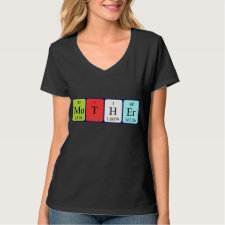
Authors: Tokonami S, Shimizu E, Tamura M, Iida T
Article Title: Mechanism in External Field-mediated Trapping of Bacteria Sensitive to Nanoscale Surface Chemical Structure.
Publication date: 2017
Journal: Scientific Reports
Volume: 7
Issue: (1)
Page numbers: AriticleNo16651.
DOI: 10.1038/s41598-017-15086-1
Abstract: Molecular imprinting technique enables the selective binding of nanoscale target molecules to a polymer film, within which their chemical structure is transcribed. Here, we report the successful production of mixed bacterial imprinted film (BIF) from several food poisoning bacteria by the simultaneous imprinting of their nanoscale surface chemical structures (SCS), and provide highly selective trapping of original micron-scale bacteria used in the production process of mixed BIF even for multiple kinds of bacteria in real samples. Particularly, we reveal the rapid specific identification of E. coli group serotypes (O157:H7 and O26:H11) using an alternating electric field and a quartz crystal microbalance. Furthermore, we have performed the detailed physicochemical analysis of the specific binding of SCS and molecular recognition sites (MRS) based on the dynamic Monte Carlo method under taking into account the electromagnetic interaction. The dielectrophoretic selective trapping greatly depends on change in SCS of bacteria damaged by thermal treatment, ultraviolet irradiation, or antibiotic drugs, which can be well explained by the simulation results. Our results open the avenue for an innovative means of specific and rapid detection of unknown bacteria for food safety and medicine from a nanoscale viewpoint
Template and target information: bacteria, E. coli



Join the Society for Molecular Imprinting

New items RSS feed
Sign-up for e-mail updates:
Choose between receiving an occasional newsletter or more frequent e-mail alerts.
Click here to go to the sign-up page.
Is your name elemental or peptidic? Enter your name and find out by clicking either of the buttons below!
Other products you may like:
 MIPdatabase
MIPdatabase









